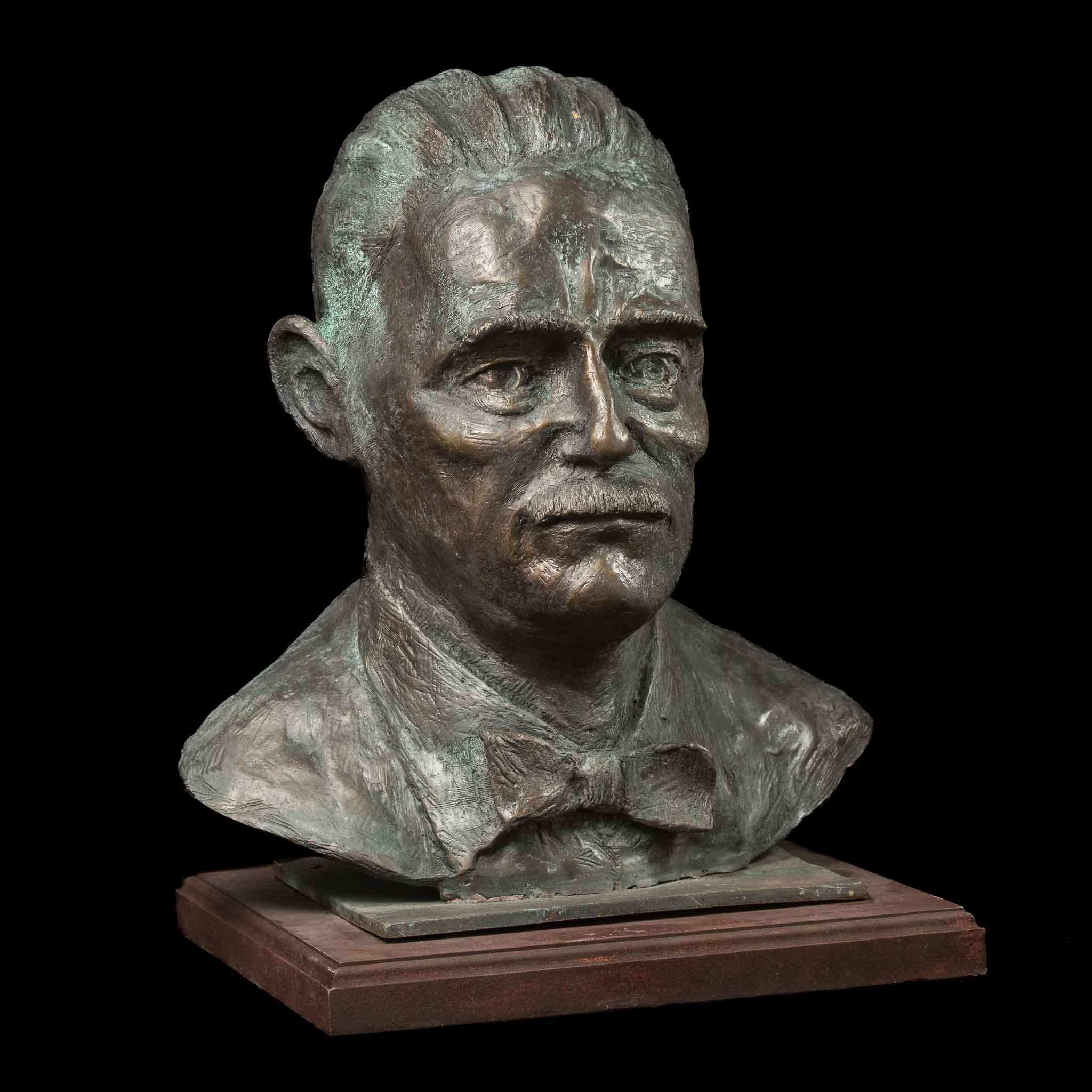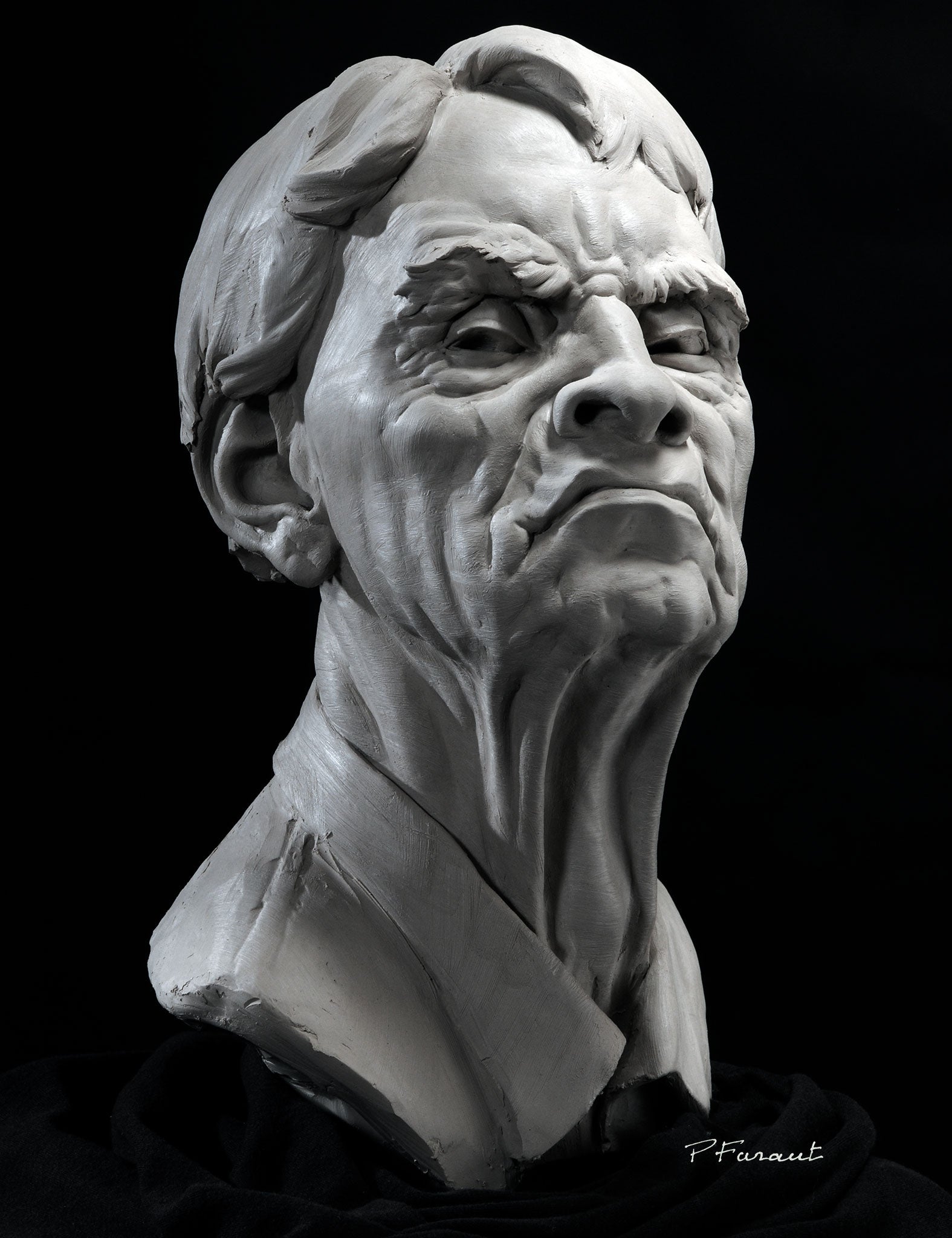Poise in Motion: Discover the Elegance of Equine Sculptures
Wiki Article
Sculptures as an Expression of Human Feelings
Sculptures have actually long been prized as an effective tool for expressing the midsts and complexities of human emotions. Via the competent control of texture, make-up, and kind, artists have the ability to capture the intangible significance of happiness, sadness, love, temper, and hope. These tangible masterpieces serve as a graph of the variety of emotions that specify the human experience. From the tranquil appeal of a grinning face to the raw intensity of a bent figure, sculptures give a ageless and distinct home window right into the globe of human emotions. With each carve stroke and clay molding, carvers breathe life right into their productions, allowing us to connect and reverberate with the emotional stories they convey. In this expedition, we will certainly look into the profound influence that sculptures have in sharing and stimulating human feelings.The Power of Recording Happiness and Joy
The intrinsic power of sculptures hinges on their capability to catch and convey the profound emotions of happiness and joy through the knowledgeable manipulation of form and material. Sculptures have actually been used throughout history as a method of expressing human feelings, and happiness and happiness are among one of the most typical feelings depicted in these art types.Among the methods sculptures catch delight and joy is through the cautious option and control of type. Artists use various strategies to develop sculptures that stimulate a feeling of joy, such as showing figures in vibrant and uplifting postures, or making use of streaming lines and contours to create a sense of motion and energy. The choice of material also plays a considerable role in conveying these feelings. Artists frequently use products that have an all-natural heat and vibrancy, such as bronze or marble, to improve the delighted and joyous top qualities of their work.
Furthermore, the skilled use facial expressions and gestures in sculptures can properly communicate happiness and happiness. Musicians meticulously form the smiles, giggling, and expressions of delight on the faces of their subjects, bringing them to life and catching the essence of these feelings. The positioning of the body and the gestures depicted by the sculpture can likewise communicate a feeling of happiness and joy, whether it is a figure with outstretched arms, dancing, or welcoming others.
Discovering the Depths of Unhappiness and Grief
An exploration right into the midsts of sadness and grief can be accomplished via the expressive sculptures that catch the essence of these extensive feelings. These sculptures offer as a graph of the human experience, allowing visitors to attach with their very own feelings of unhappiness and grief on a much deeper degree.Via the skilled manipulation of texture, kind, and expression, carvers can share the complex feelings related to despair and grief. Using elongated, hunched figures or contorted, uneasy expressions can elicit a feeling of anguish and grief. The choice of materials, such as cool, harsh rock or dark, weathered steel, can better enhance the sad and melancholic mood of the sculptures.
Moreover, the power of these sculptures lies in their capability to go beyond language barriers - Portrait Sculptor. Regardless of linguistic or social differences, the global language of art permits individuals from diverse backgrounds to connect and understand with the feelings depicted in these sculptures. Equine Sculptures. It is with this shared experience that a feeling of catharsis and understanding can be attained
Unveiling the Complexity of Love and Need
Revealing the details of love and yearning, sculptures use a profound exploration right into the intricacy of love and wish. From the tender accept of a couple to the passionate entanglement of bodies, sculptures have illustrated the diverse expressions of love and desire.One such example is Auguste Rodin's famous sculpture, "The Kiss." This work of art portrays two lovers secured an intimate welcome, their bodies knit momentarily of extreme interest. The sculpture not just captures the physical link in between the lovers but additionally stimulates a deeper psychological bond. The detailed details and the skilled craftsmanship emphasize the intricacy of their love and wish.
Sculptures likewise discover the darker side of love and desire, revealing the complexities that can develop from these extreme emotions. Contemporary Sculptures. Some sculptures portray the torment and distress that can go along with unrequited love or the harmful power of compulsive wish. These art work serve as a pointer that love and need can be both challenging and gorgeous, bringing happiness and pain in equal measure
Communicating Anger and Frustration With Sculptures
With the portrayal of contorted forms and tense poses, sculptures share the intensity of temper and stress. Artists have long turned to the tool of sculpture to convey these powerful feelings, utilizing different techniques to record the raw energy and turmoil connected with temper and frustration.
One usual approach is to depict numbers in hostile or confrontational postures. The muscle tension and clenched fists of a sculpture can stimulate a sense of stifled rage, while twisted limbs and bent faces can share the frustration felt by the topic. These physical manifestations of feeling function as a graph of the internal chaos experienced by individuals in moments of temper and disappointment.
In addition, artists typically use symbolism and metaphor to boost the psychological impact of their sculptures. For example, sharp, important site busted types or jagged sides can symbolize the damaging nature of anger, while hefty, troublesome frameworks can represent the weight of irritation. By including these components into their job, artists have the ability to connect the intensity and intricacy of these feelings in a aesthetically striking and tangible fashion.

Expressing Hope and Strength in Sculptural Form
Sculptures symbolizing hope and durability are a testimony to the indomitable spirit of the human experience. These artworks function as effective icons of optimism and strength despite difficulty. Through the skillful manipulation of products, artists have the ability to capture the significance of hope and resilience, creating sculptures that influence and boost.
One example of a sculpture that personifies hope is "The Winged Victory of Samothrace." This ancient Greek sculpture shows a winged goddess standing atop a ship's prow, her garments billowing in the wind. The sculpture radiates a sense of accomplishment and resolution, symbolizing the power of hope to conquer challenges.

Sculptures that reveal hope and resilience serve as tips of the human ability to flourish and withstand in the face of difficulty. They inspire us to stand firm, to discover stamina in ourselves, and to have faith in a brighter future. These artworks talk with the global human experience, providing solace and inspiration to those who experience them.
Conclusion
In verdict, sculptures offer as a powerful medium for revealing a large array of human feelings. By removing personal pronouns, the focus continues to be on the universal nature of these feelings and the capability of sculptures to communicate them in a long-lasting and concrete way.Sculptures have actually long been admired as a powerful tool for expressing the depths and intricacies of human feelings. From the calm charm of a smiling face to the raw strength of a bent figure, sculptures offer a special and classic window right into the world of human emotions. In this expedition, we will delve into the extensive impact that sculptures have in revealing and stimulating human emotions.
In conclusion, sculptures offer as a powerful tool for revealing a wide range of human emotions (Robert C Hitchcock Sculptor). By getting rid of individual pronouns, the focus continues to be on the global nature of these feelings and the capacity of sculptures to convey them in a long-lasting and substantial way
Report this wiki page